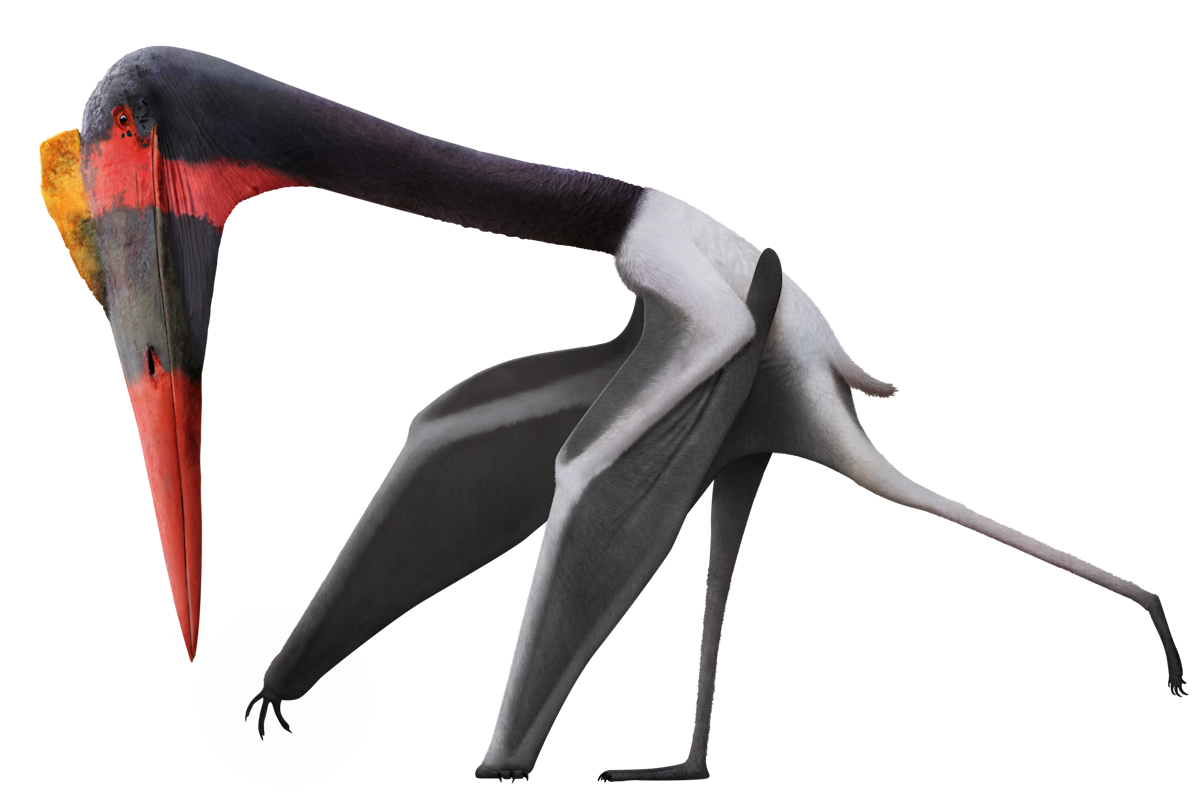Arambourgiania
Family

Azhdarchidae


Family

Azhdarchidae

In the 1940s a strange fossil bone was discovered by chance weathering out of Upper Cretaceous rocks near a railway in Jordan. The bone was about 62 cm long (24 inches), skinny, cylindrical, and thin-walled. After its discovery it was owned by a mine director and was eventually described by Camille Arambourg in Paris in 1959 as Titanopteryx philadelphiae. He considered the bone to be part of the wing finger metacarpal of a giant pterosaur.
Years later, it was discovered that the name Titanopteryx was already taken by a fly, so the pterosaur needed a new generic name. This was provided by Lev Nesov and colleagues in 1987, who named the pterosaur after Arambourg himself. The specimen was considered lost for many years after Arambourg's initial description, but was rediscovered in the collections of the University of Jordan in 1996, having been donated in 1973.
More recent research has pointed out that the single known bone of Arambourgiania is actually part of a neck vertebra and not a bone from the hand at all. Although incomplete, the vertebra is clearly an azhdarchid. Comparisons to other azhdarchids show that Armbourgiania was one of the largest of all pterosaurs, with a wingspan that was at least 7 meters (23 feet), and may have been as much as 13 meters (43 feet). Azhdarchids are now known to have shorter wings than previously thought, so it's likely that the smaller estimate is more accurate.
Azharchids are known from Cretaceous rocks from around the world, and include some of the largest, as well as last pterosaurs known. They had a lifestyle that focused on hunting prey on the ground including amphibians, lizards, and baby dinosaurs. This is similar to large predatory birds like marabou storks and shoebills of today. Although the remains of Arambourgiania are incomplete, it is assumed to have hunted in a similar fashion.
Geological Age
Late Cretaceous


